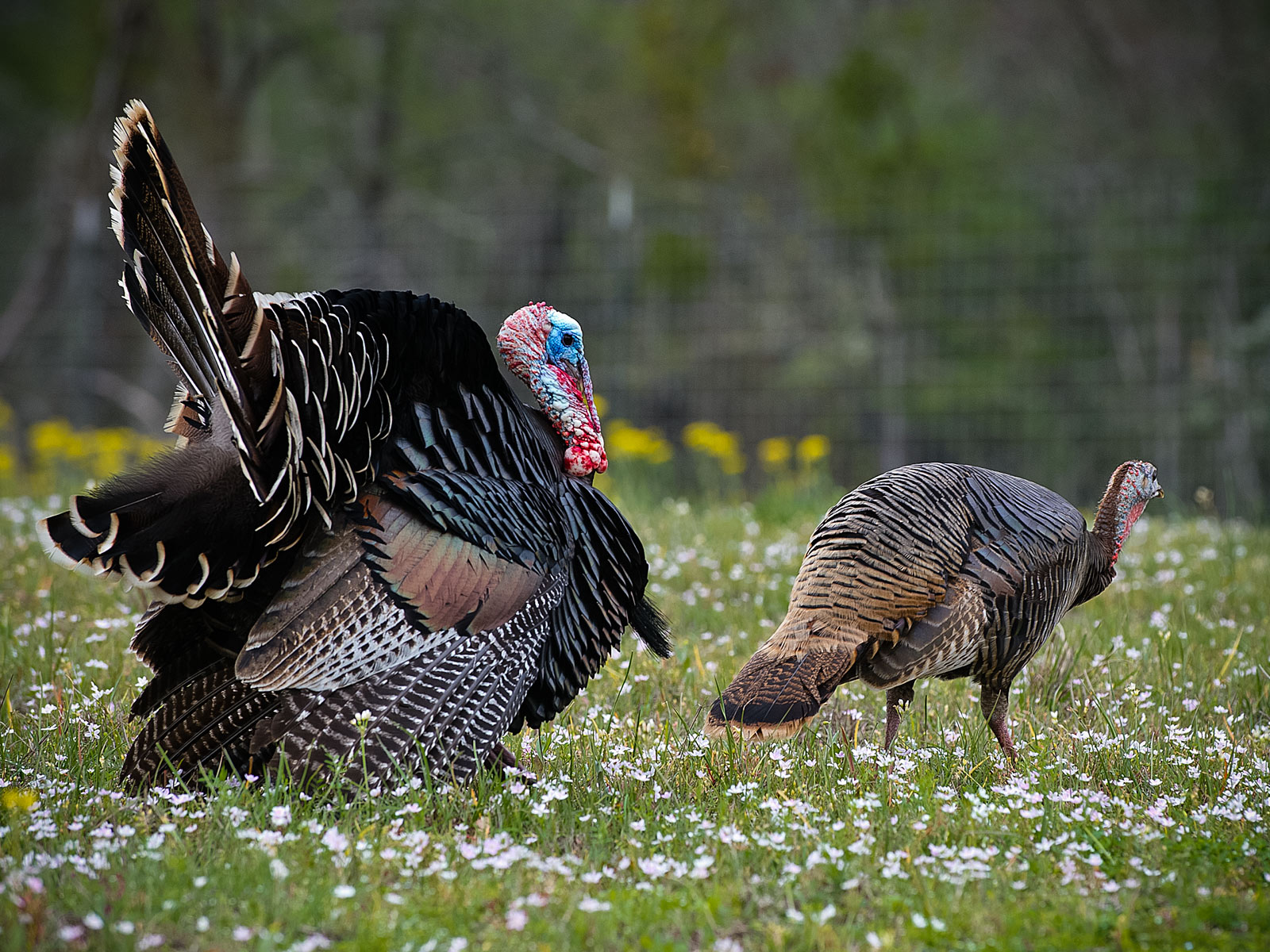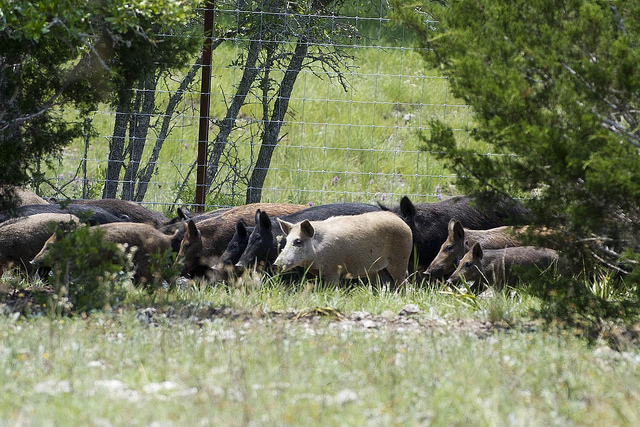The Glory of Rat Snakes
Friday, May 29th, 2015This is Passport to Texas
Texas’ state herpetologist loves talking about snakes.
03-Today I’d like to talk to you about the Texas rat snake.
See what I mean? Dr. Andy Gluesenkamp wants to help Texans develop an appreciation for this native reptile.
14- The Texas rat snake is the most commonly encountered snake in Texas, and they occupy a wide range of habitats. This snake is harmless; they’re completely non-venomous; they don’t attack people–in fact they’re major rodent predators; hence, the name: rat snake.
Rat snakes bear an uncanny resemblance to rattlesnakes which, as we know, are venomous.
18-[opens with rattling] Probably the best way to tell a rat snake from a venomous snake in Texas is look at the head shape; pit vipers, which includes copperheads, cottonmouths and rattlesnakes, they tend to have a very chunky head with steep sides to the face. Whereas, if you look at the head of a rat snake, the head tends to be more rounded and less angular.
Andy says rat snakes get a bad rap, but they deserve our appreciation.
08- I’d like to point out their primary diet is mice, rats and other rodents. That’s a pretty beneficial snake to have around.
See Andy Gluesenkamp and his pal the rat snake next week on a segment of the PBS Texas Parks and Wildlife TV series. Check your local listings.
That’s our show–Funding provided in part by Ram Trucks. Guts. Glory. Ram
For Texas Parks and Wildlife…I’m Cecilia Nasti.






 Passport to Texas is a
Passport to Texas is a  Passport to Texas is made available by:
Passport to Texas is made available by: